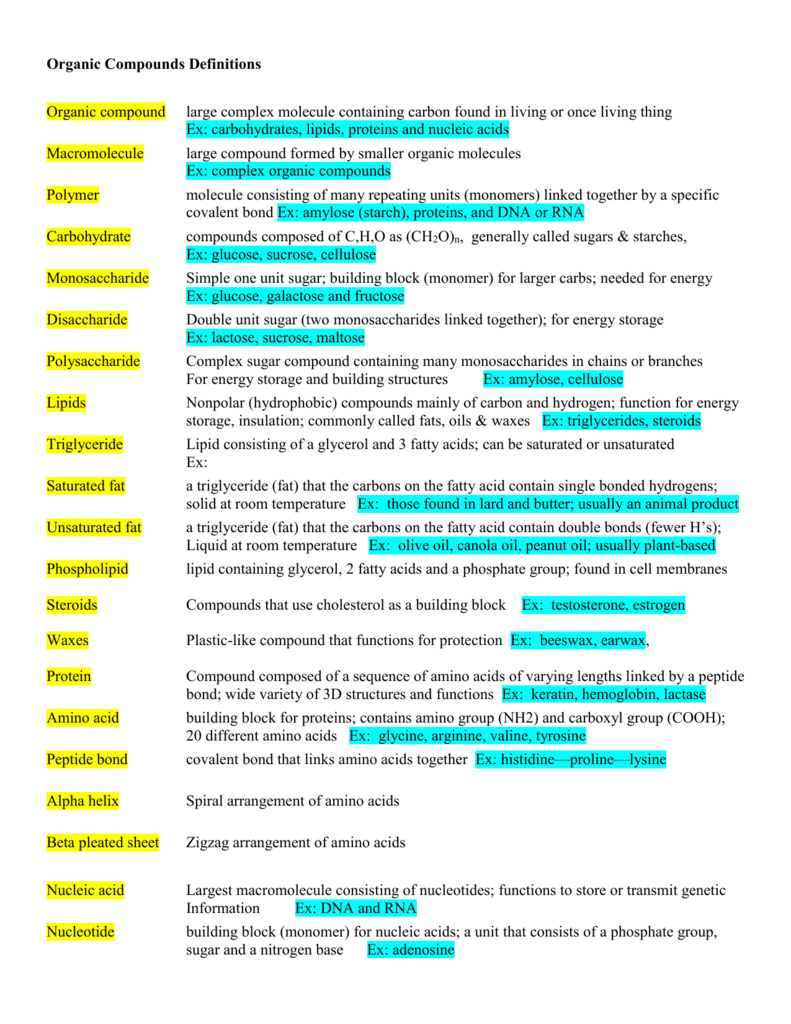
The four nucleotides are the building blocks of RNA. The four nucleotides: Adenine (A), Uracil (U), Guanine (G) and Cytosine (C), are commonly referred to by their first letter. Four types of nitrogenous bases exist, and, since sugar and the phosphate group remain identical in all nucleitodes, each nucleotide is named after its nitrogenous base.

Each building block of RNA, termed nucleotide, consists of three parts: a sugar molecule with five carbon atoms (ribose), a phosphate group which consists of a phosphorus atom attached to four oxygen atoms, and a ring-shaped nitrogenous base consisting of a combination of carbon, nitrogen, oxygen and hydrogen atoms. Human DNA molecules, chromosomes Scott Camazine, Science Photo Library Order and Structure The genetic information of all living things on Earth is found in the DNA molecules that reside in their cells. Despite the high name resemblance to DNA, and the fact that both are nucleic acids, on closer inspection we will find subtle but significant differences in their chemical structure, which affect the specific biological role of each molecule.

The path from DNA to protein passes through an important mediator - a molecule called RNA. The protein insulin, for example, which is produced in pancreatic cells, is responsible for regulating blood sugar levels, while the protein hemoglobin in red blood cells, transports oxygen from the lungs to other cells in the body.
#Store and transmit genetic information manual#
Each cell contains tiny, sophisticated machines able to read the information in the instruction manual and to produce proteins - the molecules that carry out most of the cell’s biological functions, according to these instructions. The genetic information of all living beings on Earth is stored in the DNA molecules that reside in each one of their cells. This information affects, among other things, the features of the organism - such as human eye color or the length of a cat’s tail - but in a more general manner, it can be described as a specialized instruction manual for the activity of each and every living cell.



 0 kommentar(er)
0 kommentar(er)
